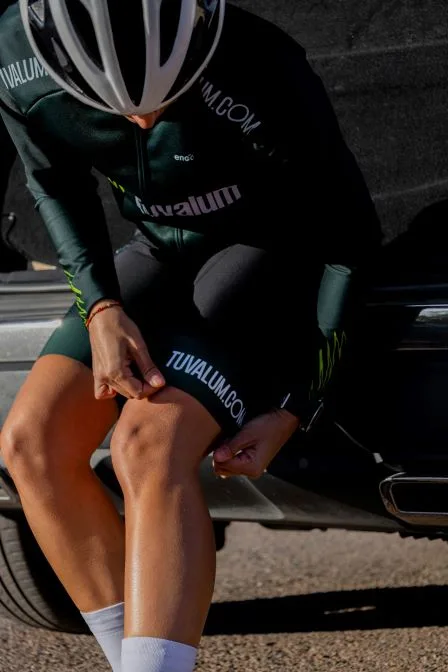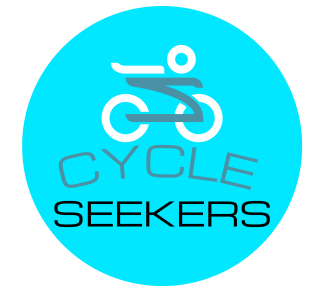Picture the scene – you just returned from a nice ride. The weather is perfect and the birds are chirping. You have a sudden realization; your butt hurts after biking.
If this sounds familiar, then welcome to the cycling club. Nearly everybody who ever took up cycling as a serious hobby has experienced the ache we are talking about. The good news? There are many steps you can take to avoid or mitigate this. Lots of products exist to ensure you stay comfortable. For now, lets walk through our 4 main tips and reflections for when your butt hurts after biking.
1. Proper Bike Fit and Adjustment
Ensuring that your bike is properly fitted to your body will reduce discomfort during and after cycling. This includes adjusting the saddle height, angle, and position relative to the handlebars. We recommend a professional bike fitting session since this can provide invaluable guidance in achieving the optimal setup for your body mechanics. Many retail bike shops will even do this for free. Since a well-fitted bike distributes your weight more evenly, pressure is reduced on sensitive areas like the buttocks.
2. Invest in Quality Cycling Shorts
Maybe the best piece of advice here; INVEST IN PADDED SHORTS! Padding, often called a chamois, is strategically placed on cycling shorts to provide cushioning and support where cyclists need it most. Investing in high-quality cycling shorts made from breathable materials can greatly enhance comfort during long rides. Oddly, you should avoid wearing underwear beneath cycling shorts, as this can cause chafing and negate the benefits of the chamois. I wasn’t a believer in this method myself at first but can say the experience is much better without underwear.
3. Gradually Increase Riding Time and Intensity
For novice cyclists or those returning to the sport after a hiatus, you should gradually build up riding time and intensity to allow your body to adapt. Pushing too hard or riding for too long too soon can lead to discomfort and potential injury. Start with shorter rides and gradually increase duration and intensity as your fitness improves. This approach allows your muscles, including those in the butt, to strengthen and adapt over time, reducing the likelihood of soreness. If you’re planning a longer ride, you are significantly more likely to experience a sore butt if its been weeks since you last rode.
4. Incorporate Regular Breaks and Stretching
During longer rides, incorporating regular breaks allows you to rest and relieve pressure. Use breaks to stretch your muscles, focusing on areas that may feel tight. Simple stretches targeting the hip flexors, glutes, and hamstrings can help alleviate discomfort and improve flexibility. Additionally, shifting positions on the bike periodically, such as standing up or pedaling out of the saddle, can relieve pressure points and prevent soreness from becoming exacerbated.
By paying attention to these watchouts, cyclists can address and prevent their butts hurting after cycling. Remember that each cyclist’s experience may vary, so listen to your body and make adjustments accordingly. Whether it’s refining your bike setup, investing in quality gear, or gradually building endurance, focusing on comfort will enhance your enjoyment and the longevity of your cycling endeavors!


